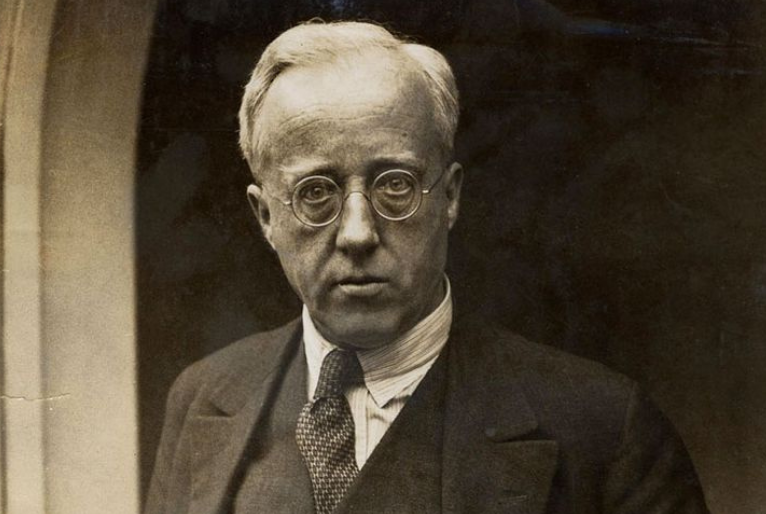The Suite for Military Band, composed by Gustav Holst in 1911, is widely regarded as one of the most significant and influential works in the repertoire for wind bands. Holst, primarily known for his orchestral masterpiece The Planets, demonstrated a profound understanding of wind instruments in this suite, creating a work that has endured as a cornerstone of the genre.
The Genesis of the Suite
At the time Holst composed the Suite for Military Band, wind bands were an essential part of musical life in Britain. However, much of the repertoire consisted of transcriptions of orchestral works rather than original compositions. Recognizing the need for high-quality, original works for wind ensembles, Holst embarked on creating a piece that would elevate the artistic status of the medium.
Holst’s Suite for Military Band was composed at the request of the Royal Military School of Music at Kneller Hall, an institution dedicated to training military musicians. The suite was groundbreaking in that it was one of the first significant works written specifically for military bands, rather than being adapted from orchestral scores.
Structure and Musical Elements
The suite consists of three movements:
- Chaconne
The opening movement is a stately and noble piece based on a repeating bass line (a chaconne). Holst skillfully develops this theme, weaving it through different instrumental colors and textures, showcasing his ability to create rich harmonic and melodic variations. - Intermezzo
The second movement offers a lighter, more playful character. Featuring a lively interplay between woodwinds and brass, the Intermezzo demonstrates Holst’s flair for creating engaging and intricate counterpoint. - March
The final movement, March, is a spirited and triumphant piece. Its memorable themes and bold brass lines capture the grandeur and ceremonial nature of military bands while still showcasing Holst’s distinctive musical voice.
Reception and Legacy
The Suite for Military Band premiered in 1920, several years after its composition. It was met with immediate acclaim for its craftsmanship and its effective use of the wind band’s capabilities. Holst’s work inspired a wave of original compositions for wind ensembles and helped solidify the wind band as a legitimate artistic medium.
In addition to its artistic impact, the Suite for Military Band remains a favorite among performers and audiences alike. It is regularly performed by military and civilian wind ensembles worldwide, a testament to its timeless appeal and enduring influence.
Holst’s Vision for Wind Band Music
Holst’s approach to writing for wind band was revolutionary. He treated the ensemble not as a derivative of the orchestra but as a unique medium with its own strengths and character. This perspective allowed him to explore new sonic possibilities, which he would continue in later works like his Second Suite in F.
By creating a work that emphasized the expressive and technical capabilities of wind instruments, Holst set a high standard for future composers. His Suite for Military Band continues to inspire new generations of musicians, reinforcing its place as a landmark in the history of wind band music.


Comments are closed